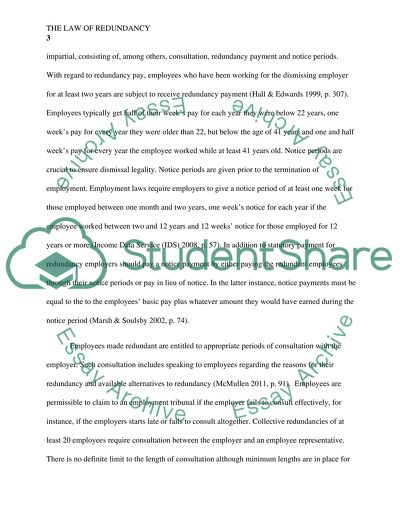Cite this document
(“The Law of Redundancy Essay Example | Topics and Well Written Essays - 1000 words”, n.d.)
Retrieved from https://studentshare.org/law/1466846-the-law-of-redundancy
Retrieved from https://studentshare.org/law/1466846-the-law-of-redundancy
(The Law of Redundancy Essay Example | Topics and Well Written Essays - 1000 Words)
https://studentshare.org/law/1466846-the-law-of-redundancy.
https://studentshare.org/law/1466846-the-law-of-redundancy.
“The Law of Redundancy Essay Example | Topics and Well Written Essays - 1000 Words”, n.d. https://studentshare.org/law/1466846-the-law-of-redundancy.


